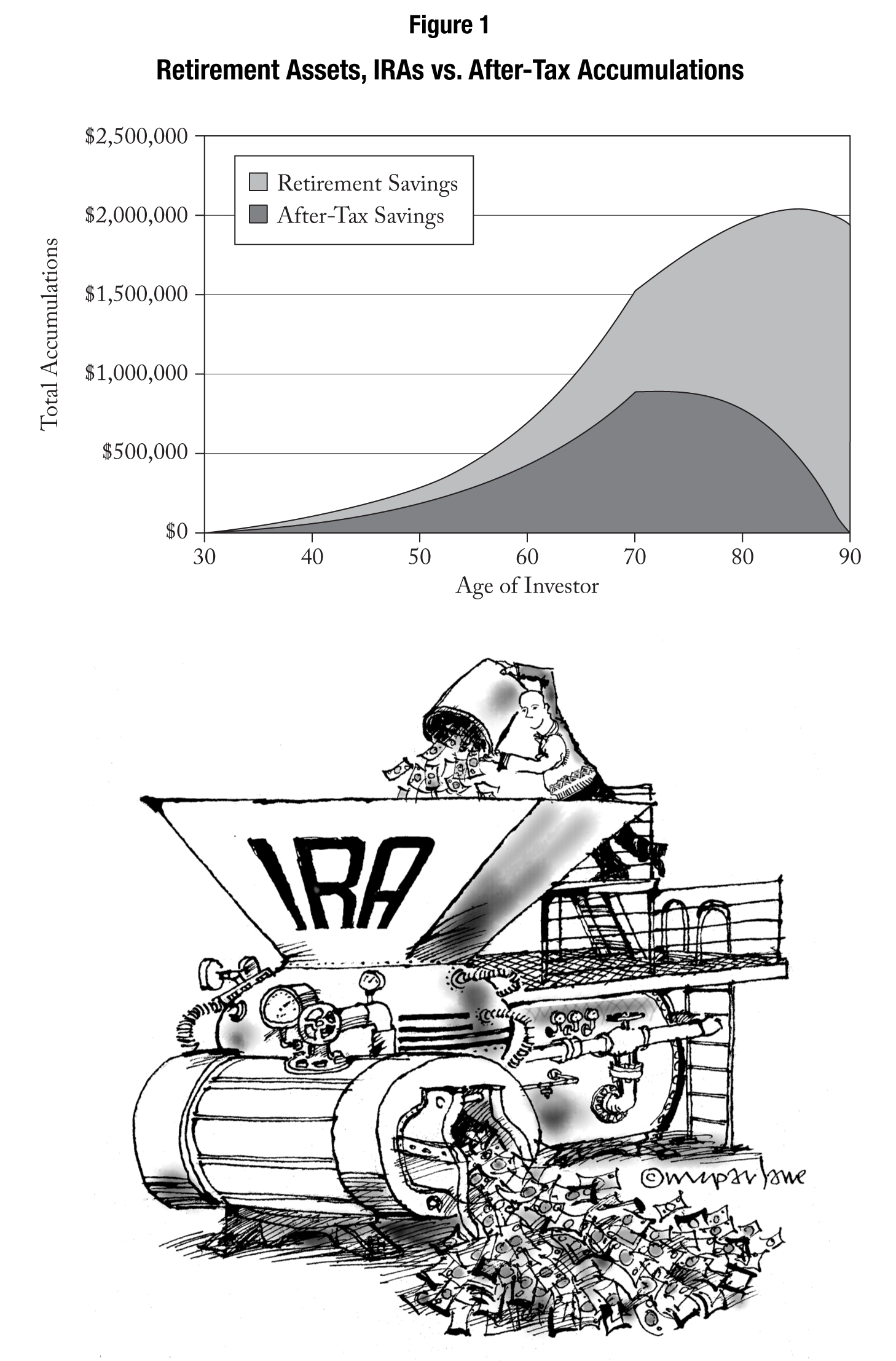James Lange, CPA/Attorney, Advises Married Couples Ages 62-70 to Apply and Suspend NOW. After April 29, 2016, it will be too late!
In early November, President Obama signed the Bipartisan Budget Act of 2015 into law and the repercussions are devastating to the married women of our country.
Pittsburgh – December 16, 2015 – 
SOCIAL SECURITY SURVIVOR BENEFITS ARE CRITICAL TO WOMEN
The financial well-being of widows is often dependent upon the choices that are made while their spouses are still alive. Spousal and survivor Social Security benefit choices can mean the difference between living comfortably in retirement and falling under the poverty line for women whose spouses leave them behind. Widows are commonly younger than their deceased husbands and the Social Security benefits they have earned, especially in the Boomer generation, are commonly less than that of their deceased husbands. This means that a widow will depend on collecting survivor benefits, often for many years, based on the benefits to which their deceased spouses were entitled.
“One of the best things a husband can do to protect his wife in widowhood is to maximize his own Social Security benefits. One technique that we use with our clients is apply & suspend.” James Lange of Pittsburgh-based, Lange Financial Group, LLC comments. “The law prior to the Bipartisan Act allowed the husband to apply for, and then suspend collection of his benefits, while allowing his wife to collect a spousal benefit. It was a win-win for our clients!”
This technique was used strategically to maximize the husband’s and wife’s long-term benefits. That, unfortunately, is coming to an end, with the exception of certain couples who take the appropriate action between now and April 29, 2016. For many couples, the income stream from spousal benefits in the previously allowed apply and suspend technique made it possible (or at least more palatable) for the husband to wait until age 70 to collect Social Security, thus maximizing their benefits.
“This new law cuts off that income stream, making it if not impossible, at least more difficult, for husbands to choose to delay collection of their benefits.” Lange warns, “Unfortunately, it is the widows of these husbands who cannot maximize their Social Security benefits who will be left in reduced circumstances for the rest of their lives.”
JIM LANGE’S ADVICE
DO NOT WAIT. Congress has eliminated one of the best Social Security maximization strategies. Fortunately, some recipients may be grandfathered already and others could be grandfathered if they act between now and April 29, 2016. Others will have to make do with the new laws. In either case, now is the time to review your options. We have posted a one hour audio with a written transcript explaining the old law, the new law and the transition rules. Readers can go to www.paytaxeslater.com to access this audio and transcript.
ABOUT JAMES LANGE 
James Lange, CPA/Attorney is a nationally-known Roth IRA and retirement plan distribution expert. He’s also the best-selling author of three editions of Retire Secure! and The Roth Revolution: Pay Taxes Once and Never Again. He hosts a bi-weekly financial radio show, The Lange Money Hour, where he has welcomed numerous guests over the years including top experts in the fields of Social Security, IRAs, and investments.
With over 30 years of experience, Jim and his team have drafted over 2,000 wills and trusts with a focus on flexibility and meeting the unique needs of each client.
Jim’s recommendations have appeared 35 times in The Wall Street Journal, 23 times in the Pittsburgh Post-Gazette, The New York Times, Newsweek, Money magazine, Smart Money and Reader’s Digest. His articles have appeared in The Journal of Retirement Planning, Financial Planning, The Tax Adviser (AICPA), and other top publications. Most recently he has had two peer-reviewed articles published on Social Security maximization in the prestigious Trusts & Estates magazine.
To learn more, or sign up for their newsletter, visit www.paytaxeslater.com.


